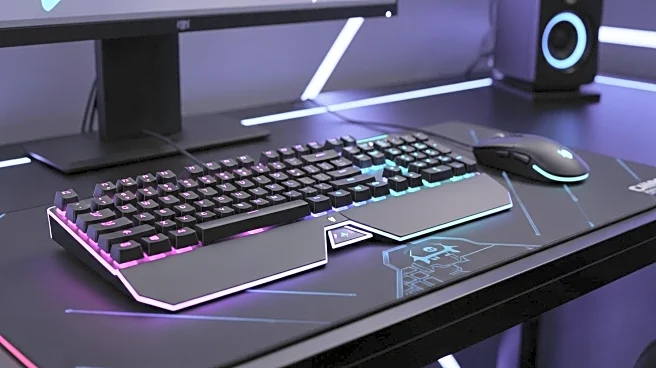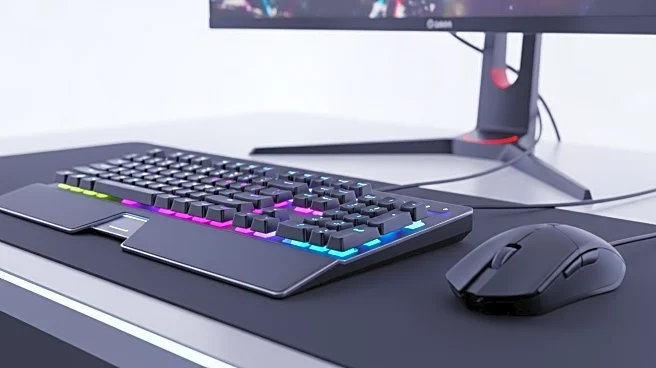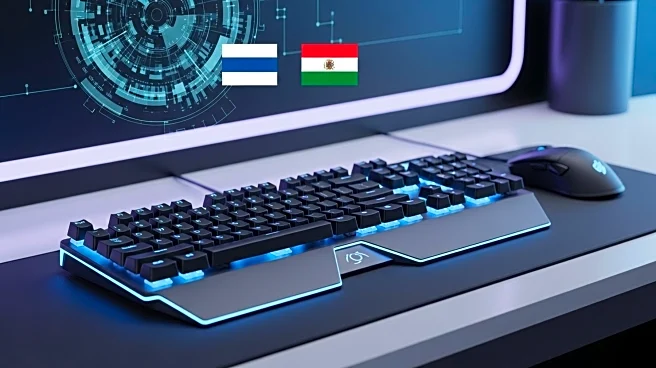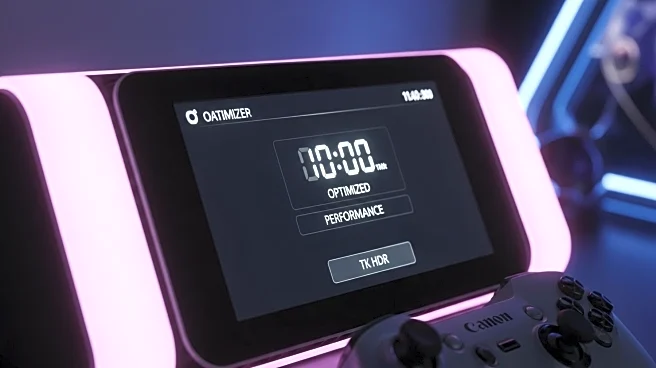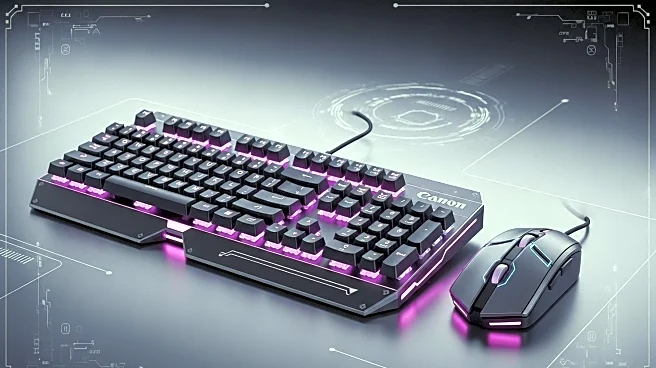What's Happening?
Razer has launched a new collection of PC gaming peripherals in collaboration with Sanrio, featuring the popular character Kuromi. The Kuromi x Razer set includes a headset, soundbar, keyboard, mouse, and mousepad, all designed with a cohesive black and purple aesthetic inspired by Kuromi's cheeky personality. The collection aims to offer gamers a unique blend of functionality and style, with features such as programmable RGB lighting and high-quality sound. The collaboration brings a fresh design to Razer's lineup, appealing to fans of the character and those looking for distinctive gaming gear.
Why It's Important?
This collaboration between Razer and Sanrio highlights the growing trend of aesthetic customization in gaming peripherals, catering to consumers who value both performance and personal expression. By integrating popular cultural icons like Kuromi, Razer is tapping into a niche market that appreciates themed designs. This move could influence other companies to explore similar partnerships, potentially leading to a wider variety of themed gaming accessories. The collection also underscores the importance of brand collaborations in expanding market reach and enhancing product appeal.
What's Next?
As the Kuromi collection gains traction, Razer may consider expanding its range of themed products, possibly exploring collaborations with other popular characters or franchises. The success of this collection could encourage Razer to innovate further in design and functionality, setting new standards in the gaming accessory market. Additionally, consumer feedback on this collection might influence future product development, focusing on balancing aesthetic appeal with technical performance.
Beyond the Headlines
The Kuromi collection reflects broader cultural trends where consumers seek products that resonate with their personal identities and interests. This collaboration not only enhances the gaming experience but also contributes to the cultural significance of gaming as a form of self-expression. It raises questions about the role of aesthetics in technology and how companies can leverage cultural icons to create meaningful connections with their audience.
